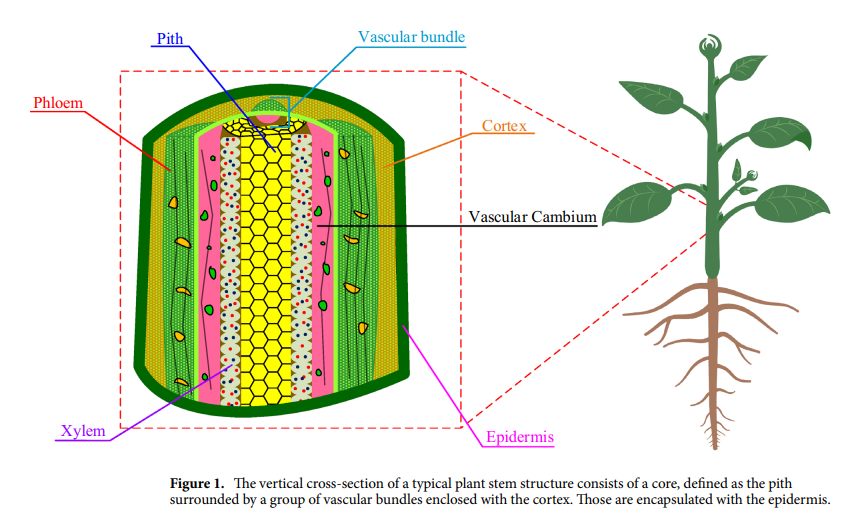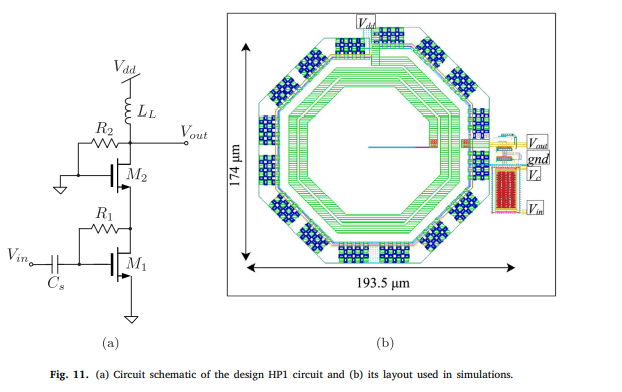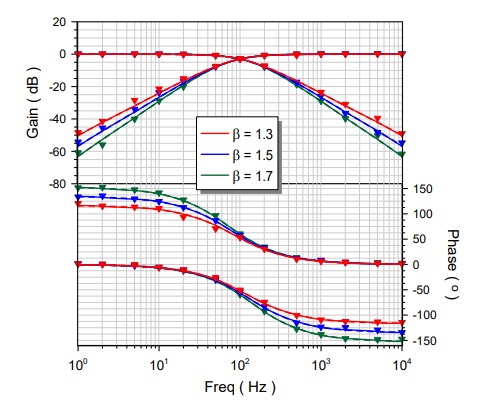
Spectral Capacitance of Series and Parallel Combinations of Supercapacitors
The porous nature of the electrode material in supercapacitors and the apparent conductivity of the electrolyte cause their impedance to show a complex frequency-dependent behavior, which in turn makes it incorrect to treat them as ideal capacitors, even at a frequency of a few millihertz. This is particularly crucial if the intended application requires a configuration that uses stacked supercapacitor banks, in which errors in defining the metrics of the individual components accumulate. Although manufacturers provide supercapacitor ratings under DC only, by using a detailed impedance spectroscopy study of all possible series and parallel combinations of two different commercial 1 Farad carbon–carbon supercapacitors, we show that these nominal DC capacitances are not suitable to evaluate the equivalent capacitance. Instead, by using a model that consists of a series resistance and a constant-phase element, we employed a real, effective capacitance (in proper Farad units) suitable for direct application. This effective capacitance can be used to define the frequency-dependent quality factor of a supercapacitor and enables the easy calculation of series and parallel associations of identical or different devices. © 2016 WILEY-VCH Verlag GmbH & Co. KGaA, Weinheim



